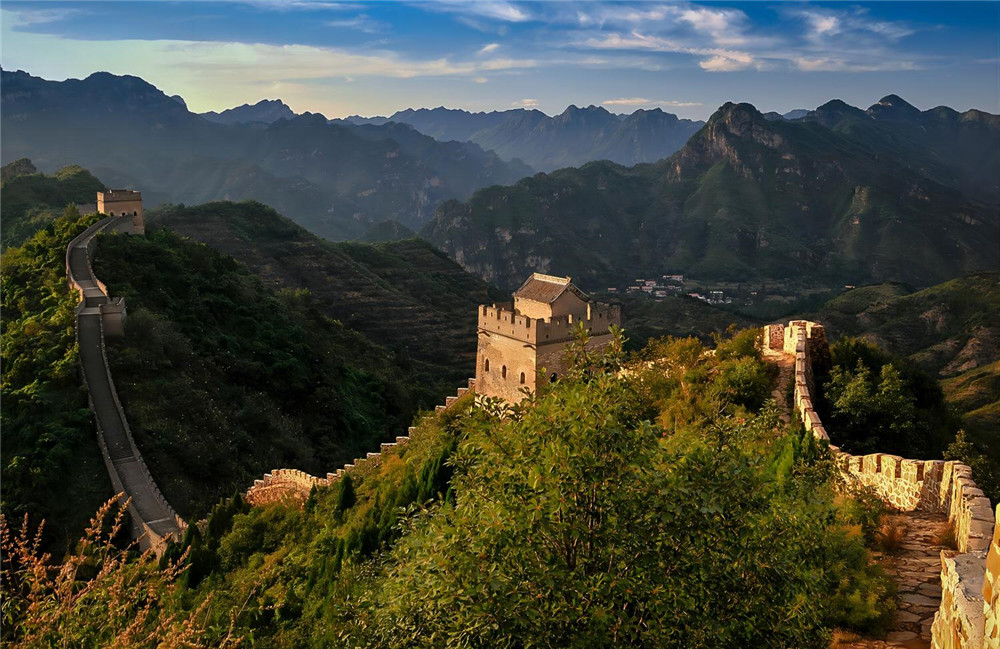Antique markets and scrumptious snacks make Tianjin a nice gateway destination. Spending one day exploring the city’s must-see sights, browsing its antique markets, and sampling its famous snacks is a lot of fun.
Related Tours:
Discover Tianjin City by Bullet Train from Beijing
Private Tour to Huangyaguan Great Wall
Private Tour to Huangyaguan Great Wall and Eastern Qing Emperor’s Tombs
Private Tour to Huangyaguan Great Wall and Dule Temple
Tianjin things to do:
Tianjin EyeTake the mesmerizing views of Tianjin's blend of ancient and modern from a unique vantage point. Whether you ride the Tianjin Eye or appreciate its beauty from afar on the Jingang Bridge, each moment promises to be a breathtaking encounter with the heart of Tianjin.
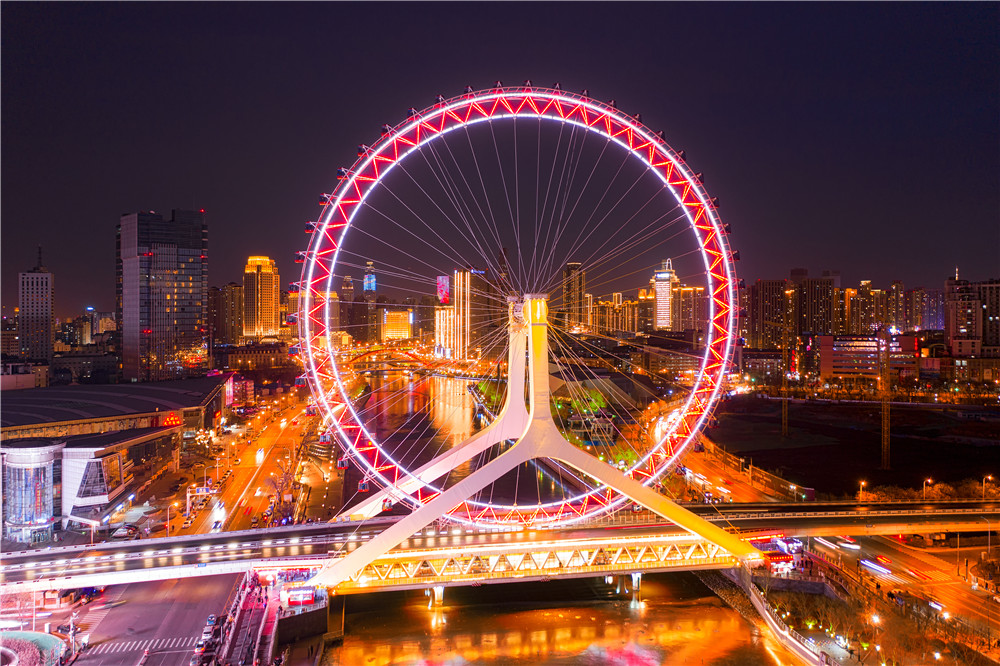
The Garden of Serenity
The Garden of Serenity is a splendid villa crafted in the Spanish medieval architectural style, once home to the last emperors, Pu Yi and Empress Wan Rong, from 1929 to 1931. A rarity in modern China, this mansion authentically embodies the essence of European architectural aesthetics. Today, the villa operates as a museum, featuring exhibits that provide a glimpse into the life of Puyi and his royal family during their stay in Tianjin.
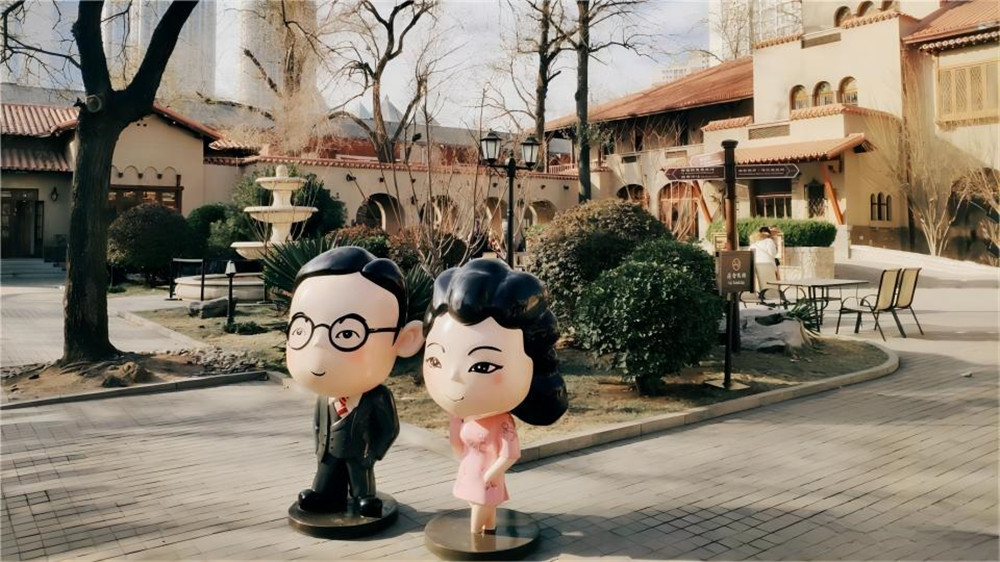
Ancient Culture Street
Welcome to Ancient Cultural Street, opened in 1986 in the Nankai District of Tianjin. Situated on the Haihe River's west bank, it revolves around the Temple of the Queen of Heaven, making it a unique cultural hub. More than just a marketplace, this charming street draws visitors with its special architecture, classic cultural elements, folk crafts, and tasty local snacks. As you wander, be captivated by splendid replicas of Qing Dynasty folk-style architecture.
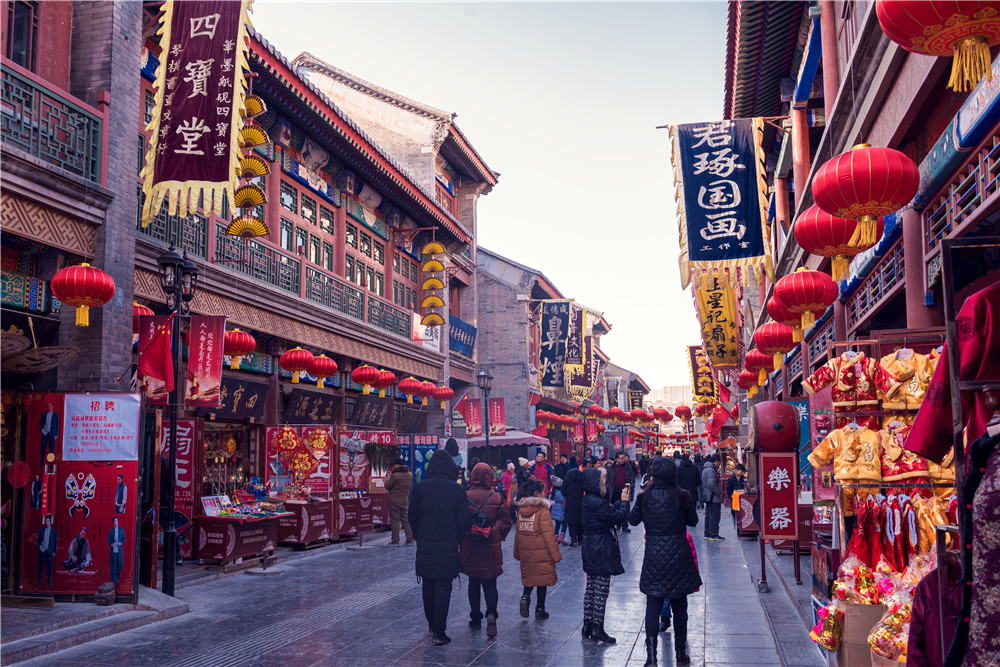

Open to the public since 2007, the Porcelain House has become a Tianjin landmark, listed by the US Huffington Post among fifteen museums with unique designs, together with the Louvre Museum in Paris, French, and the Denver Art Museum in Colorade, America.
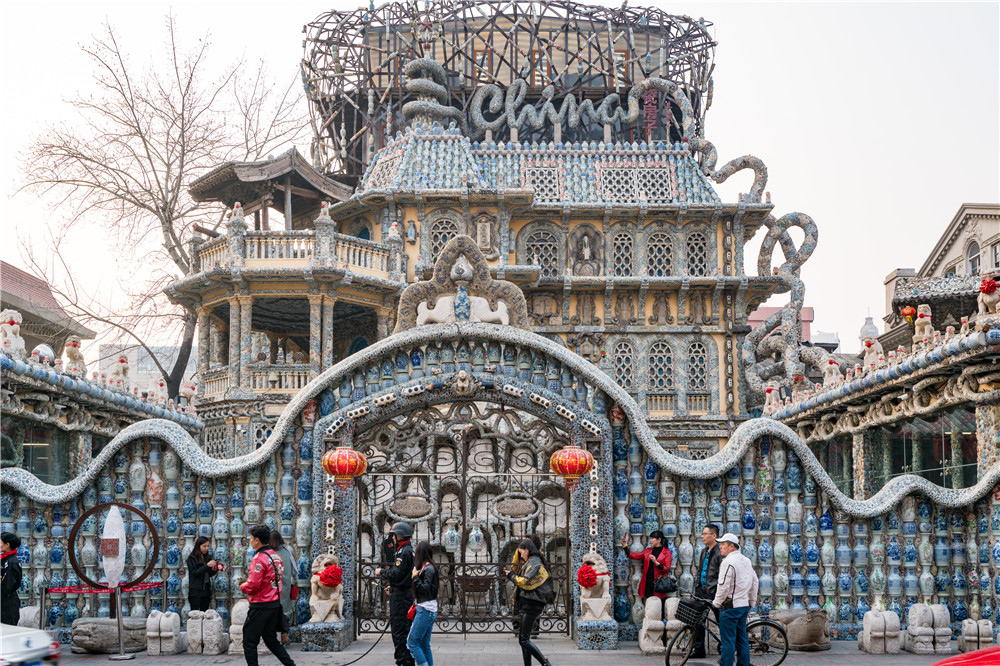
Tianjin is crammed with cheap restaurants that offer a wide range of food. For those who are craving something different, Tianjin offers an abundance of choices. Tea soup is a sweet drink that’s made on the spot. The tea soup master mixes rice flour, sugar and minced nuts in a bowl and then he fills the bowl with boiling water from a huge bronze teapot. Crispy deep-fried dough twists made from wheat mixed with sesame seeds, sugar and preserved fruits and nuts make for tasty snacks. Local specialties include chewy deep-fried stuffed rice cakes, mutton soup and jianbing guozi. Jianbing guozi is a thin pancake made from green bean flour. When it’s being grilled, a egg is broken and spread over top of the pancake, then a sweet soy sauce and a hot sauce is spread over the pancake. The pancake is then wrapped around a Chinese donut.
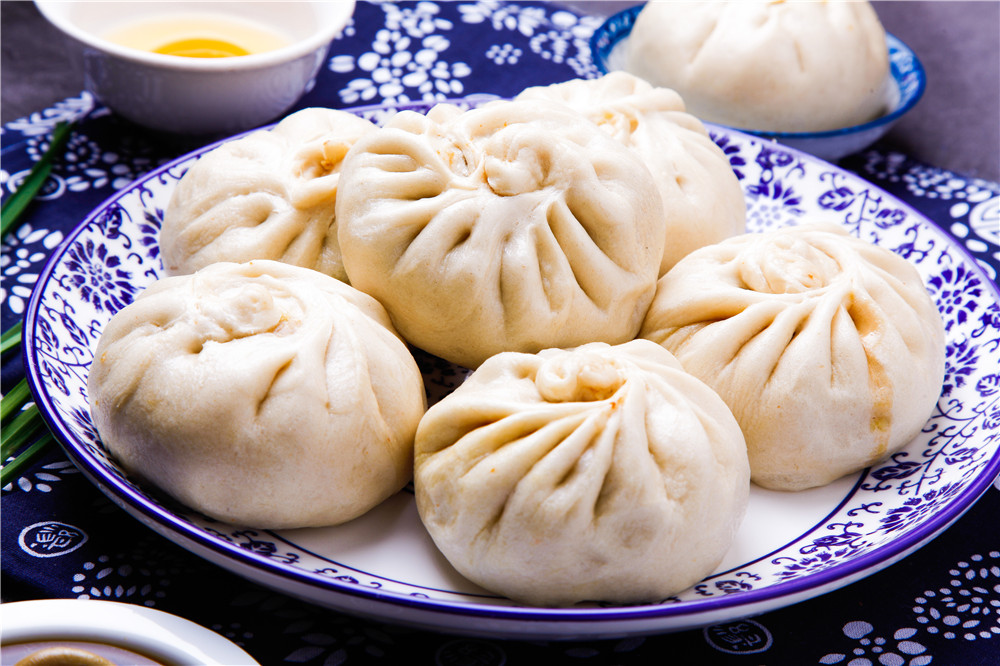
Italian Street
Nestled along the Haihe River, Italian Style Street, once the Italian concession in colonial-era Tianjin, is renowned for its historic residences, authentic European cuisines, Western art exhibitions, and trendy bars. Despite being named after a street, Italian Town is, in fact, a charming small town offering a delightful blend of culture and cuisine.

Huangyaguan Great Wall
Huangyaguan, which translates to "yellow cliff," is a section of the Great Wall in Tianjin. Originating in 557 A.D., its yellowish hills and rocks inspired its name. Repaired during the Ming Dynasty and again in 1985, it has hosted the International Field Marathon since 1999. With unique features like the "Phoenix Tower" and "Baguaguan Castle," Huangyaguan is also called the Great Wall library.
Huangyaguan is known for being formidable, navigating mountain ridges at an altitude of 738 meters. It offers thrilling views but demands caution due to steep steps. Amid ancient walls, you'll encounter natural beauty and historical allure, making it a unique and captivating destination.
